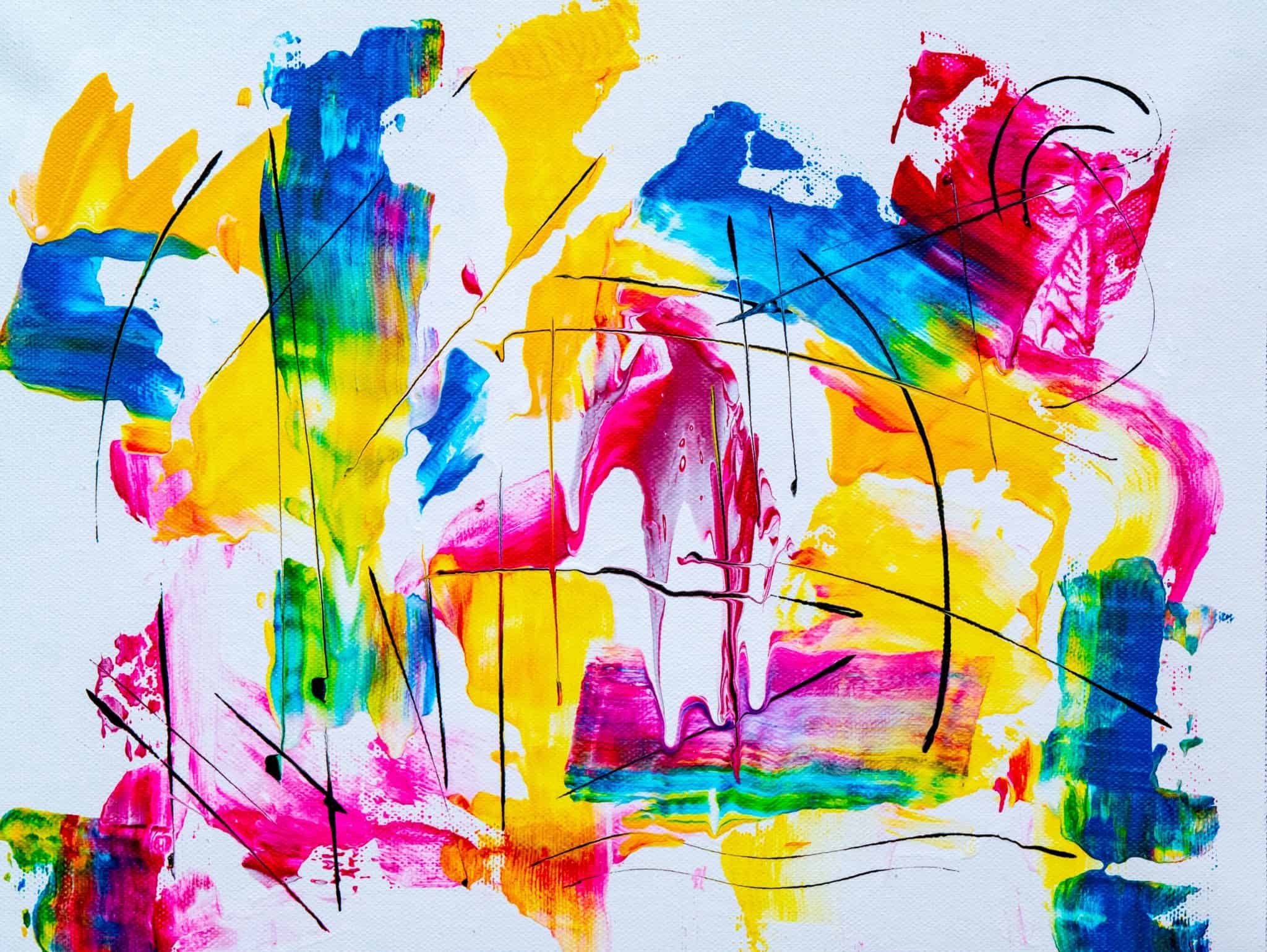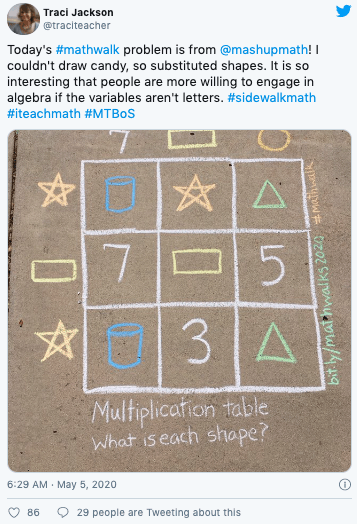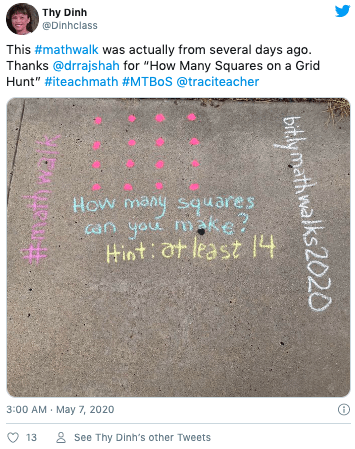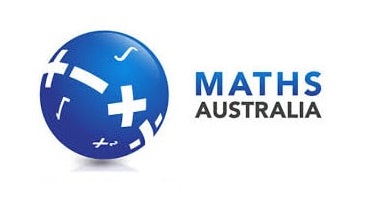
Maths can DEFINITELY be more interesting through using art, history, philosophy and music to understand the way numbers work together. And, maths is not just numbers. In this article we're going to look at the some of the many ways to teach maths through art and explore the relationship between the two disciplines.
Maths can be shapes and angles, geometry, telling the time, science, astrology, and pythagoras theorem. Even Einstein's formula of relativity is maths.
Consider the following word problem.
"Andre and his nine friends are at a birthday party. Andre’s friend Taylor is the fourth person in line to receive cake. Three additional friends receive their cake after Taylor, but before Andre. How many friends receive cake after Andre?"
Are you already groaning?
I’ve always hated abstract maths and logic puzzles like this. For many students, abstract learning that is disconnected from a concrete, sensory experience can feel alienating and frustrating. But I've managed to teach maths through art and helped a classroom full of early elementary students work through maths puzzles like this. And it was quite simple.
Initially many students feel overwhelmed with the number of details and trying to solve this problem abstractly through logic is almost impossible for this age group. But there’s a simple way for young students to solve a problem like this. They can draw Andre and his nine friends (stick figures are sufficient), label them, and then count.
Inevitably, the more artsy students spend time sketching elaborate hair or pronounced facial expressions. But regardless of how detailed their drawings are, visual representation gives them the key to solve the problem.
Redefining the Lines Between Disciplines
Contemporary education also likes to draw strict lines between disciplines. We often talk about STEM fields versus the Humanities or say things like, “I’m a creative person” or “I’m more of a math person.”
We even use the categories of “left-brained” or “right-brained” – though most research suggests that the whole brain is generally engaged in most activities (Source). While these categories of thought can be helpful sometimes, they can also force us into boxes or prevent us from seeing how one area of study can positively influence another.

Math Isn’t All Abstract
Mathematics certainly involves abstract thought, but it also involves sensory perception, intuition, number sense, and spatial awareness. Perception and intuition can actually serve as scaffolding to support more abstract engagement and to sustain the feeling that math is tangible, knowable, and connected to our experiences of the material world.
Many artistically-minded students become easily frustrated with sheer mathematical abstraction but thrive when visualisation makes that abstract math click for them.
One of the goals of our approach to maths education with Math-U-See is to foreground visualisation. We appeal to sensory perception as a valid and indispensable building block for conceptual understanding. That’s why we encourage students to use manipulatives* to represent everything from simple addition to dividing fractions to solving algebraic equations.
Visualisation in Math and Art
Art is all about visualisation and art and math are often connected. We tend to recognise this reality with early learners, for example when we have students count the number of apples on the page in a picture-book. As students age, it’s easy to think that this connection no longer matters.
But your high-schooler studying geometry can also benefit from looking at art and connecting it to mathematics. Ask your student to think about and discuss how lines in a drawing affect their perspective, suggesting three-dimensional space or creating visual layers of sky and land. Have your student consider how principles of proportionality are used in portrait paintings.
The closer you and your student look, the more you can see that art is math in action. And I think the inverse can also be true, that the more your student can see the math in art, the more likely they will be able to see the art in math.
Traci Jackson, a math teacher in San Diego, provides another great example of how to draw on the connections between math and art to build conceptual understanding.
Recently, Jackson has been using sidewalk chalk to create engaging math problems for local residents to encounter as they go about their day. One of Jackson’s most creative techniques is to use shapes like circles or squares to stand in for X in solving equations. This is a playful way to represent abstract math in a modality that’s far more fun than a math workbook.
Here are some examples of Jackson’s sidewalk art:


In her reflections on the success of this project, Jackson talks about how art can change our perception of math. “The [common] perception of math is a set of sterile problems but in reality it describes all the patterns of our world. … [Sidewalk math] opens the conversation to what math is.”
If your student loves to create art, challenge them to consciously use the math they are learning in their artwork, and then to explain their process to you. Consider also giving your students opportunities to take a handful of word problems and render them in elaborate artistic fashion as part of their solving process. You can even combine art, math, and history by letting your student pick some famous paintings to explore through the lens of mathematics, and then having them attempt to copy those paintings for themselves.
- written by Anthony Barr, a homeschool graduate who grew up using the Math-U-See program.
Ultimately, mathematics is a creative discipline and engaging with art is a fantastic way for your student to lean into that creativity. Have fun and let your imagination soar. And we would love for you to share your fun math art projects with us on Instagram with the hashtag #MathsAustralia
Let us know how you are using art in your maths lessons to inspire your students!
The Team at Maths Australia
